VIDEO : Green agriculture , sustainable livelihood
Unlike the traditional agricultural model – where resources are used in one direction and discarded after use, circular agriculture is a closed ecosystem, in which waste from one production process becomes input material for another process. This model not only saves production costs but also plays an important role in reducing greenhouse gas emissions, protecting land and water resources.
Ms. Le Thi Trang's farm is built according to the circular agriculture model.
A typical example is Trang Farm of Ms. Le Thi Trang (Trieu Son district, Thanh Hoa province) with many seasonal vegetables, strawberries, milk grapes and a hedgehog farm. Ms. Trang's agricultural model operates on the principle of a closed cycle. Milk grapes and strawberries are carefully cared for, ensuring biological safety. Clean vegetables are grown in rotation according to the season, both meeting consumer demand and preserving soil fertility. Vegetables and fruits are also used to raise hedgehogs. On an area of over 1 hectare, she divided the area into growing milk grapes (4,000m2), strawberries (3,500m2), a seasonal clean vegetable growing area, an operating house and a hedgehog farm with a total investment of over 1 billion VND.
Combining porcupine farming not only brings income from meat but also helps improve soil quality thanks to high-quality organic fertilizer.
Currently, after only 3 years of perseverance and diligence, Ms. Trang's model has gradually stabilized, attracting a large number of visitors. Customers not only get to enjoy fresh and delicious fruits right in the garden, but also have the opportunity to harvest strawberries themselves and learn about the cultivation process according to the circular agricultural method. Ms. Le Thi Trang said: "One of the outstanding advantages of the circular agricultural model is the ability to optimize available resources on site. Organic fertilizers, agricultural by-products, livestock waste... instead of being discarded or causing pollution, are recycled to serve the production needs themselves."
At Tay Do Green Farm, by-products such as banana peels and stems are used as organic fertilizer.
Circular agriculture not only solves the cost problem but also opens up a new direction for increasing the value of agricultural products. At Tay Do Green Farm (Hoang Hoa district, Thanh Hoa province), by utilizing by-products and waste in production, farmers can create high-value by-products such as organic fertilizers, biogas, mushrooms grown from coffee grounds, or natural cosmetics, tea products extracted from plants. Mr. Le Phu Thanh, the farm owner, said: "By-products such as banana peels and stems are used as organic fertilizers. Thanks to that, people no longer depend entirely on chemical fertilizers which are expensive and have many potential risks. Clean agricultural products grown according to VietGAP standards will also have better selling prices than agricultural products using chemicals." Using organic fertilizers, reducing chemicals, and treating wastewater and emissions on-site helps minimize water pollution and improve soil and air quality.
Thanks to this closed model, people not only increase their income but also save a large amount of input costs for farming.
Not only economic or environmental benefits, circular agriculture also brings clear social benefits, which are promoting the spirit of cooperation, raising community awareness and shaping a production based on knowledge and innovation. Applying the circular model requires farmers to change their production mindset, from maximizing resource exploitation to effectively using and regenerating resources. This is an important foundation for building sustainable agriculture, integrating with international standards, especially in the context of increasingly strict requirements on traceability and clean products.
Thus, circular agriculture is not only an effective production model, but also a long-term solution to the fundamental problems of Vietnamese agriculture: from environmental pollution, high production costs to lack of value chain linkage. If implemented synchronously, this will be a solid foundation for a green - clean - sustainable agriculture, where farmers not only farm but also take control of their own future.
Hoang Dong - Phuong Do
Source: https://baothanhhoa.vn/nong-nghiep-xanh-sinh-ke-ben-vung-250225.htm


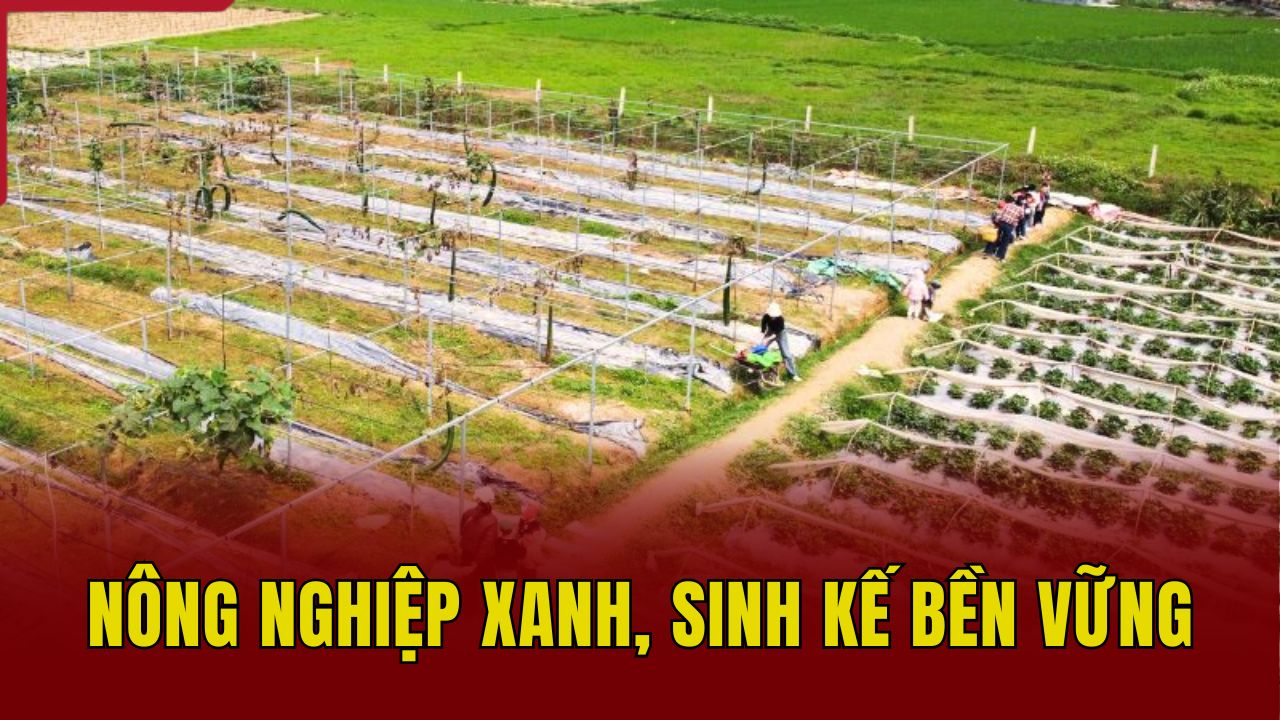

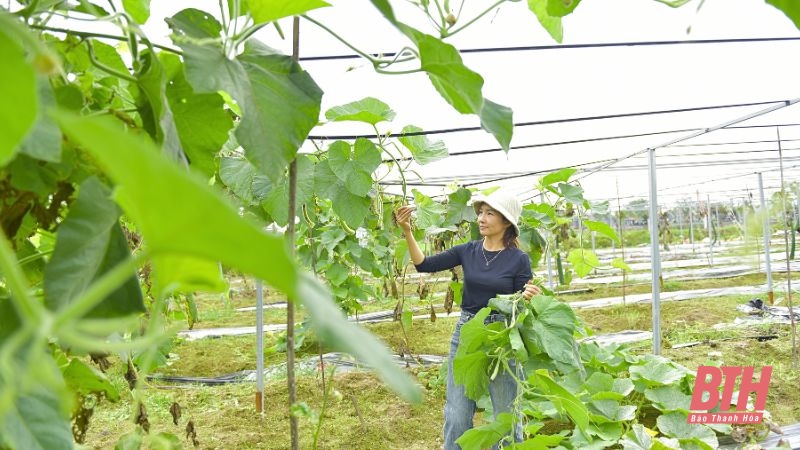

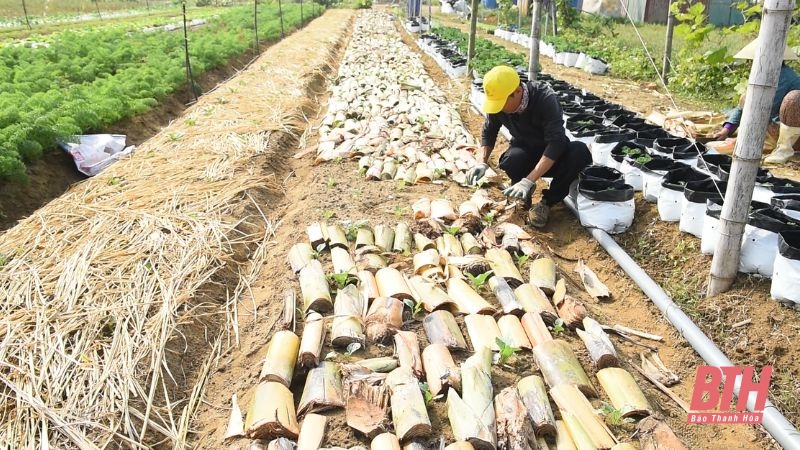
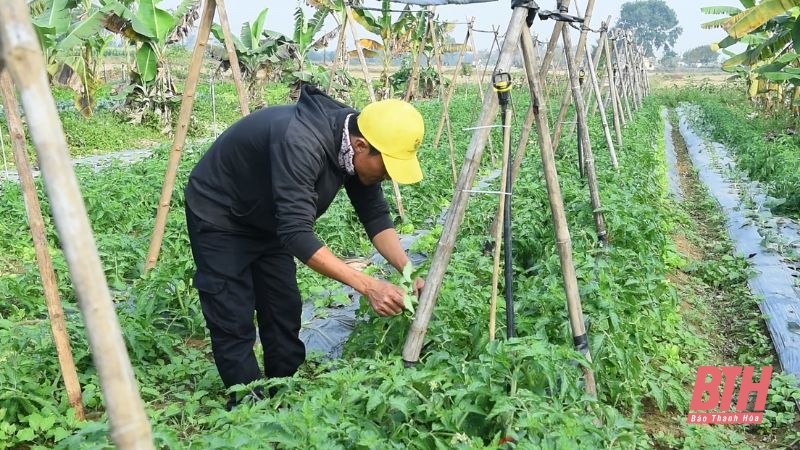
![[Photo] Prime Minister Pham Minh Chinh receives leaders of Excelerate Energy Group](https://vphoto.vietnam.vn/thumb/1200x675/vietnam/resource/IMAGE/2025/5/29/c1fbe073230443d0a5aae0bc264d07fe)




![[Photo] Prime Minister Pham Minh Chinh attends the event "Digital transformation of the banking industry by 2025"](https://vphoto.vietnam.vn/thumb/1200x675/vietnam/resource/IMAGE/2025/5/29/0e34cc7261d74e26b7f87cadff763eae)
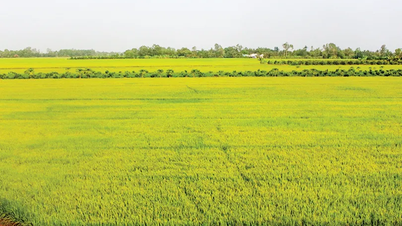

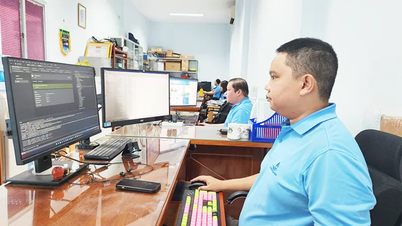


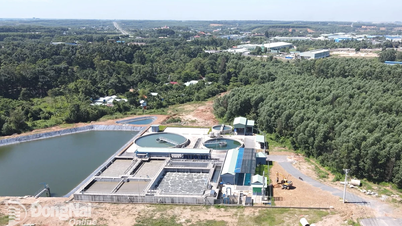
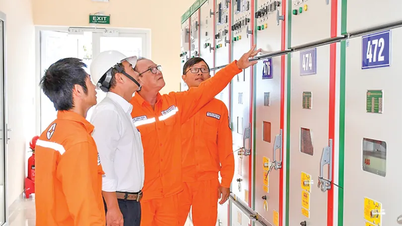
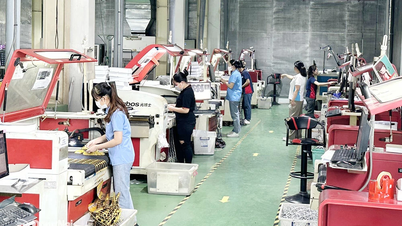




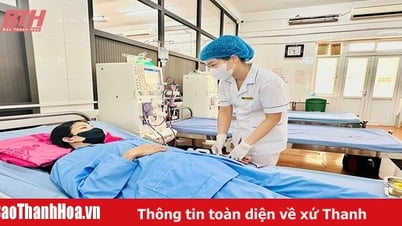
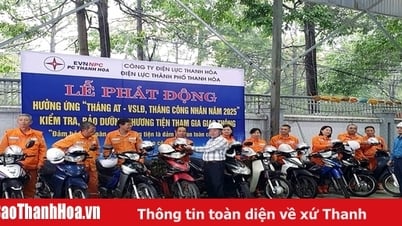




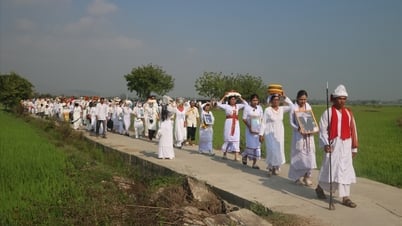










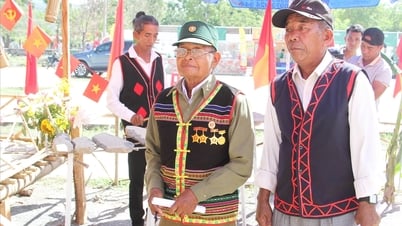















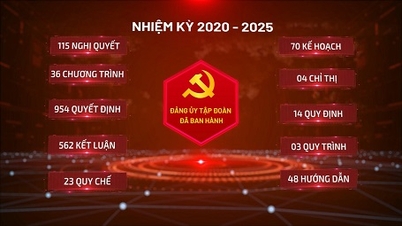


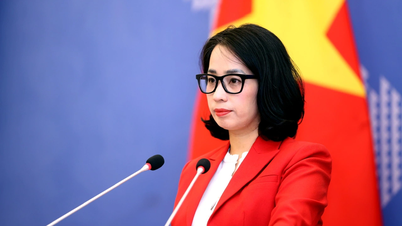








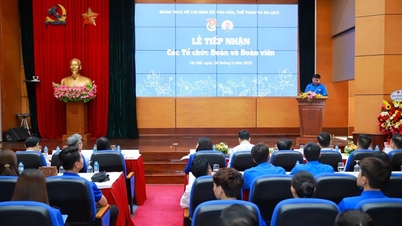

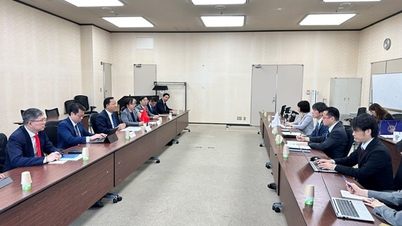



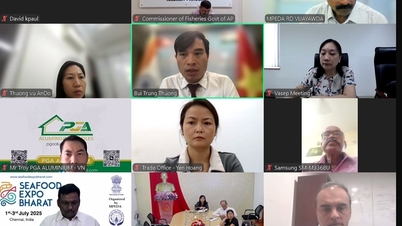


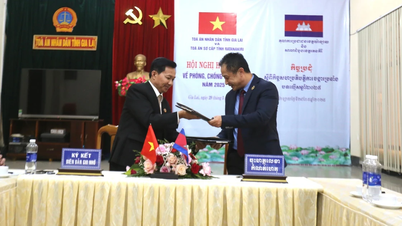

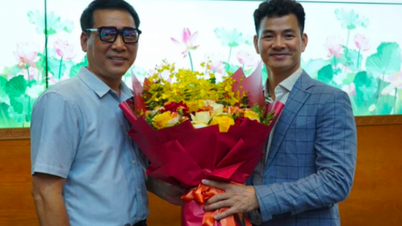

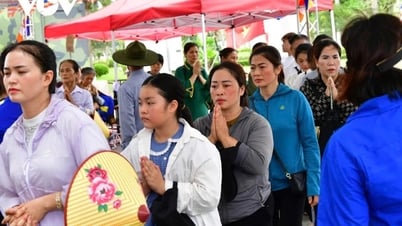


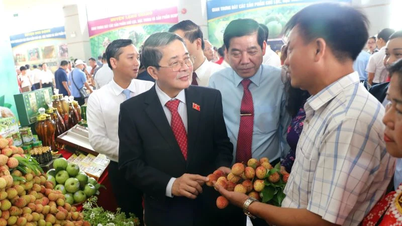










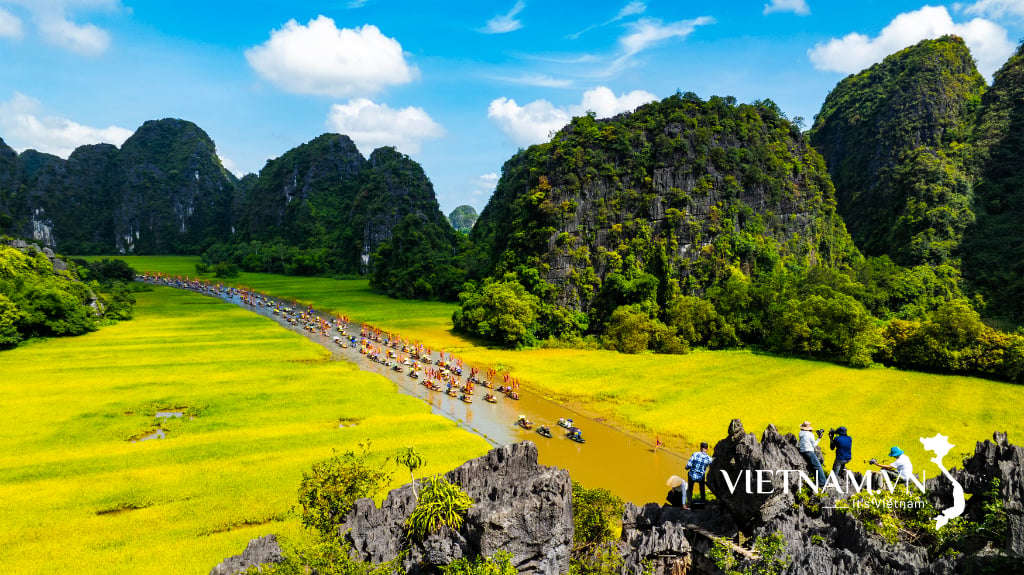
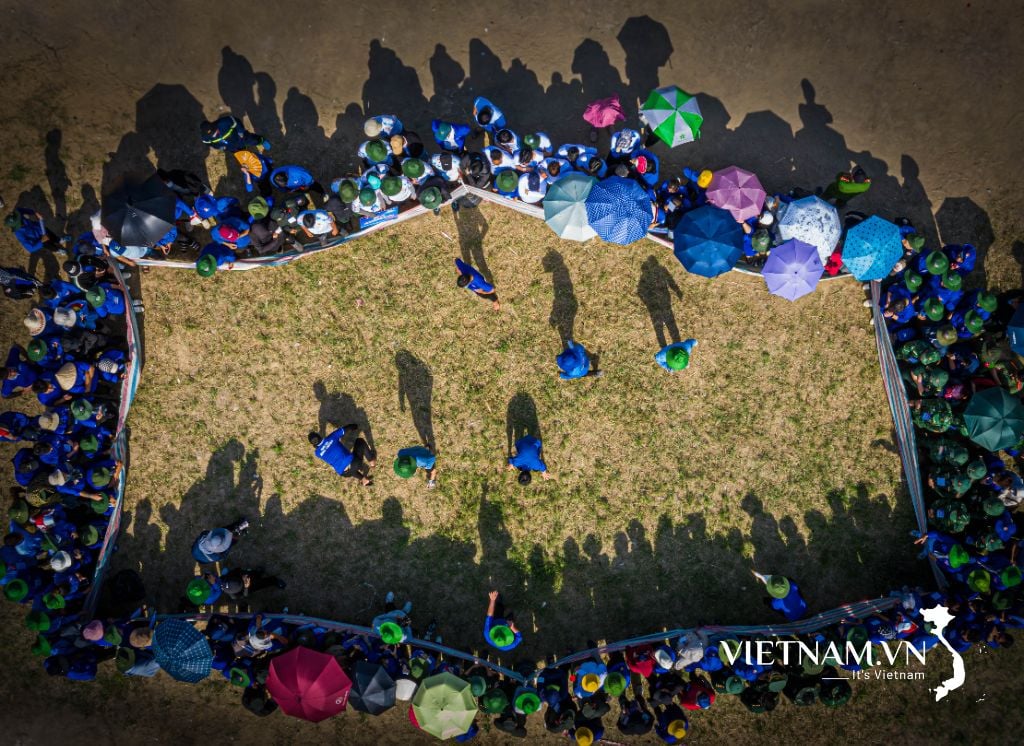
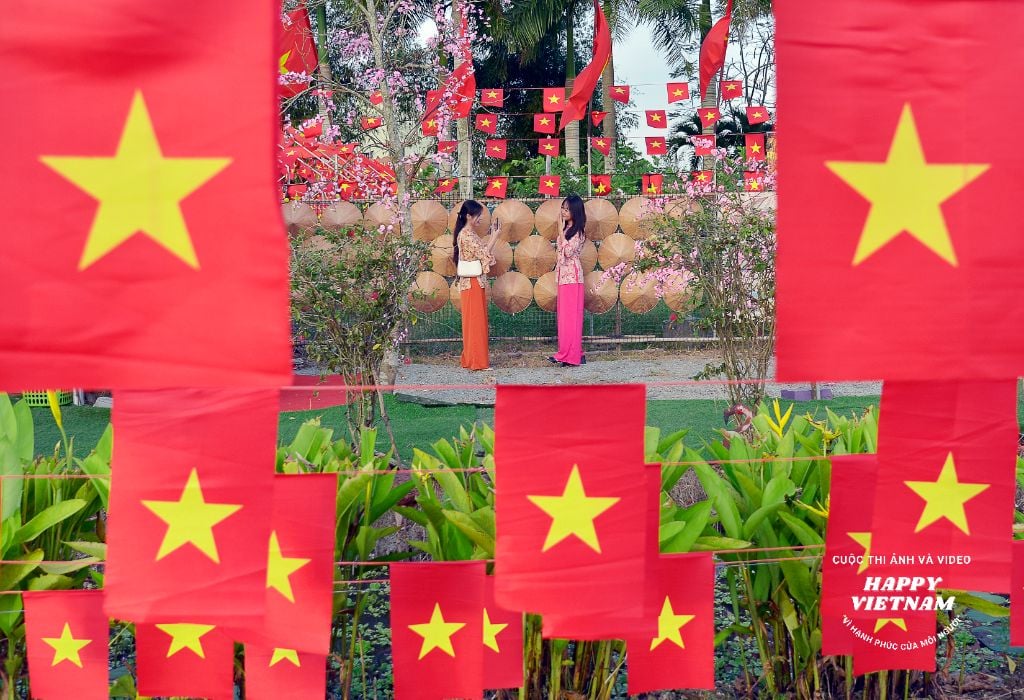
Comment (0)